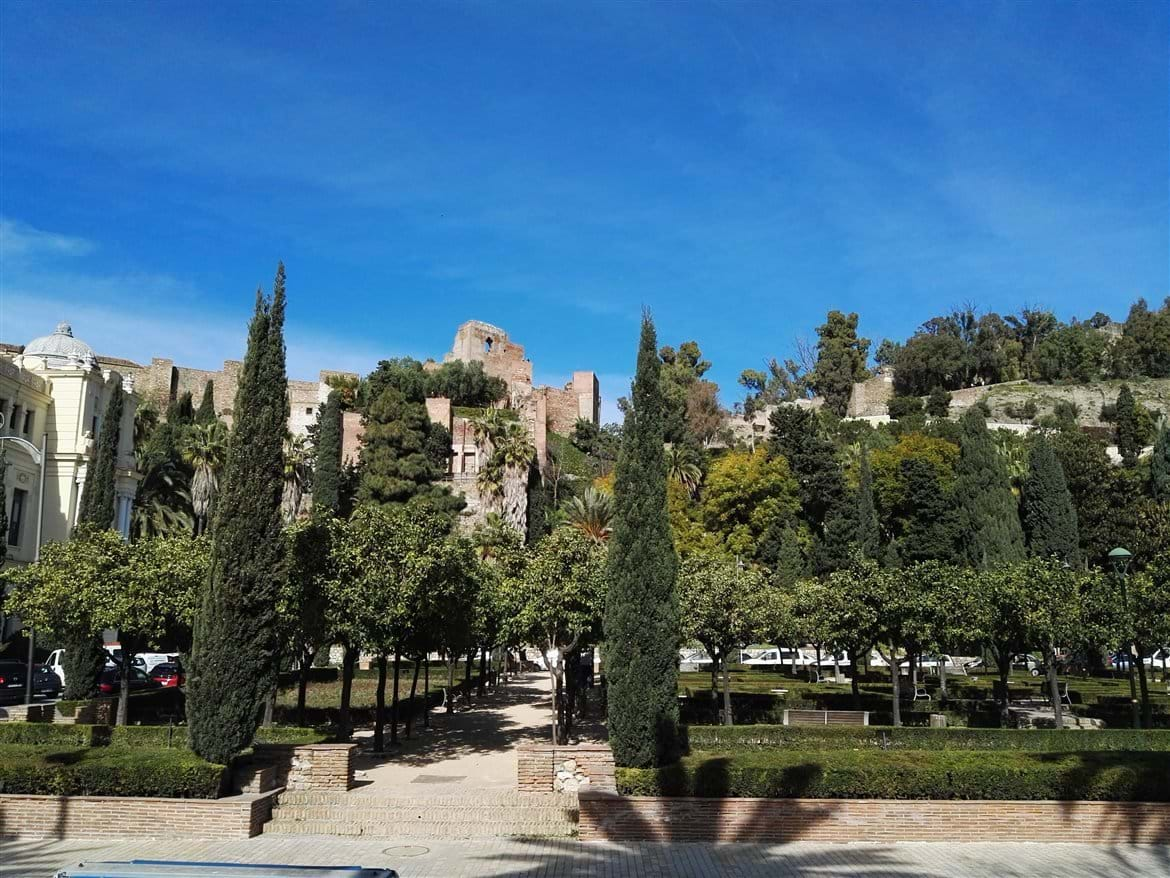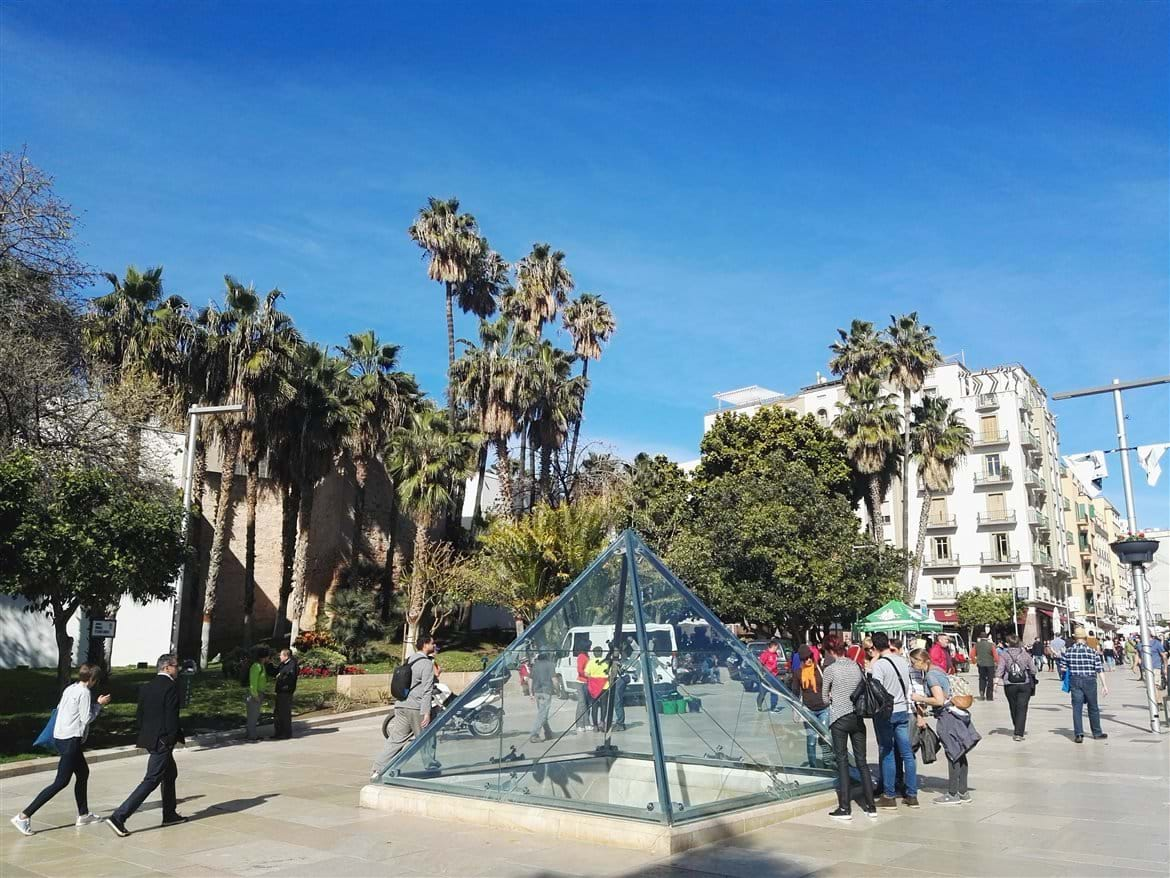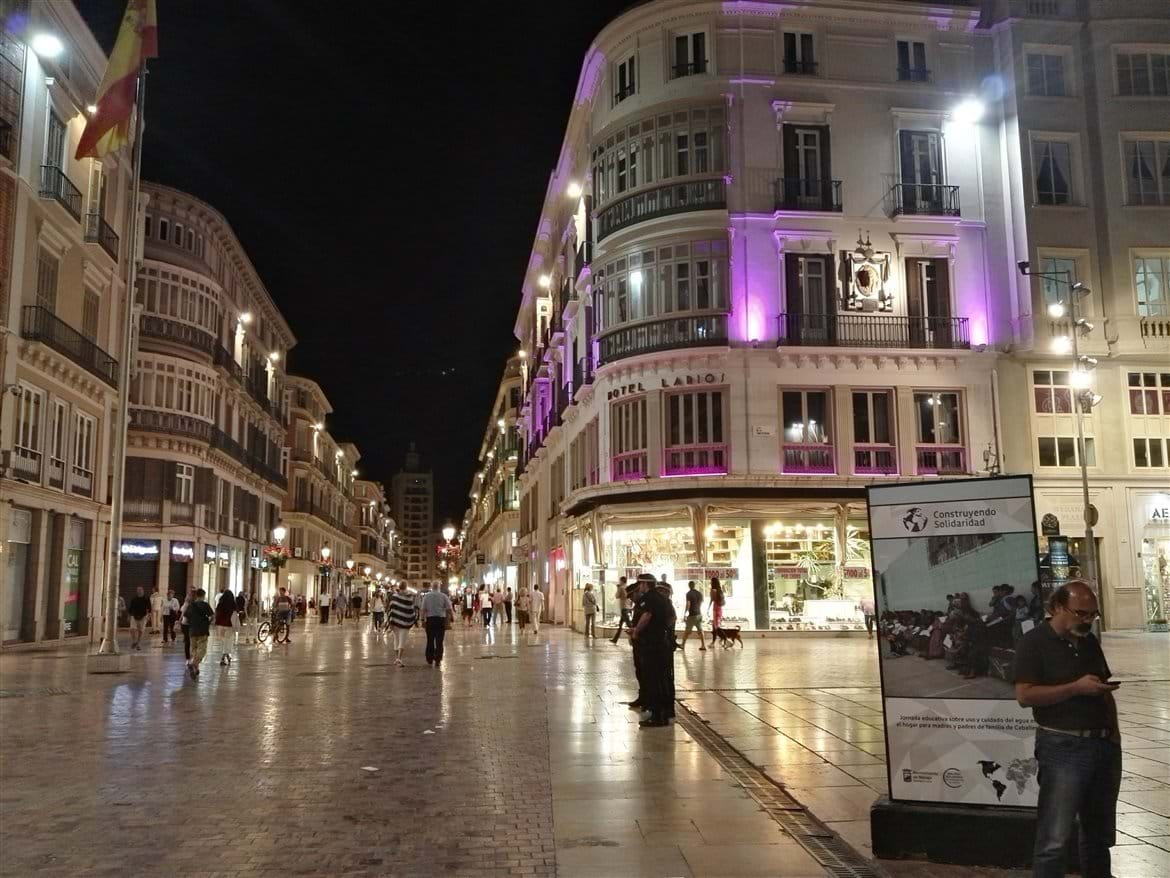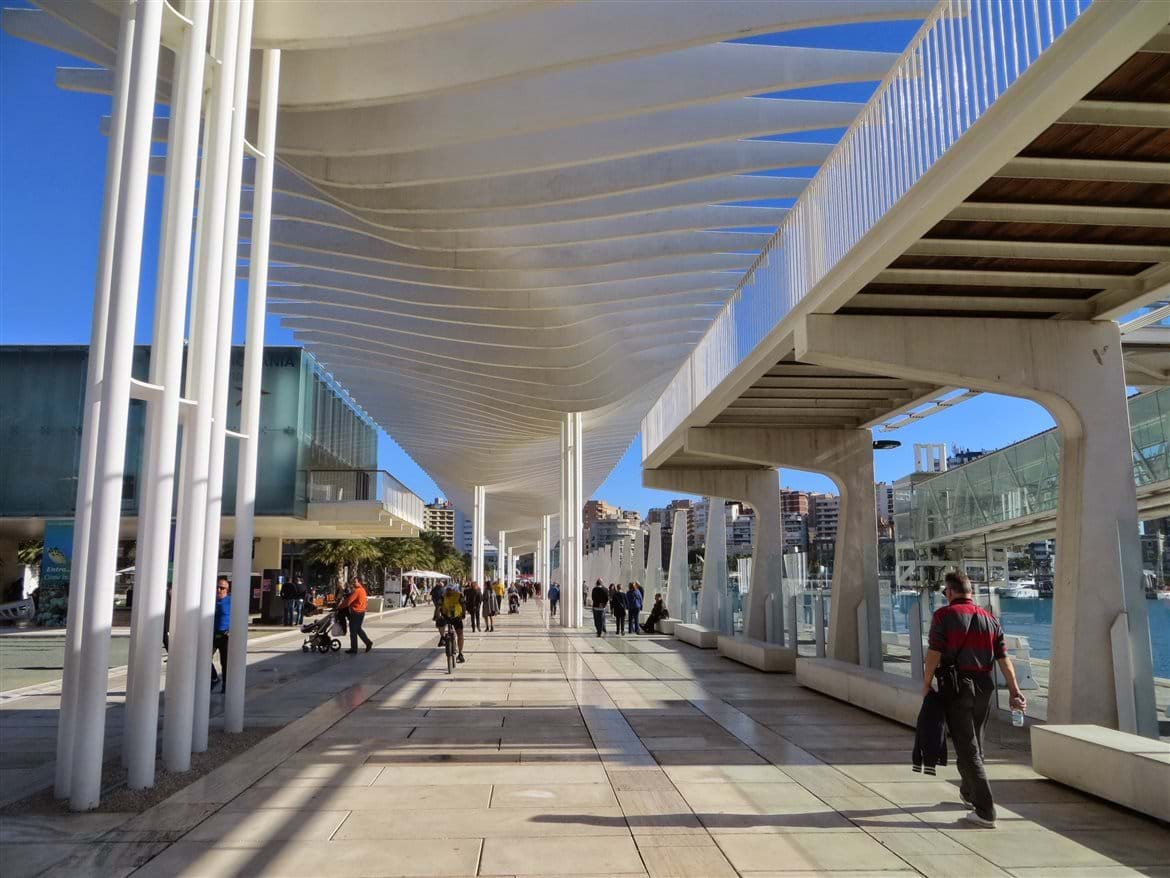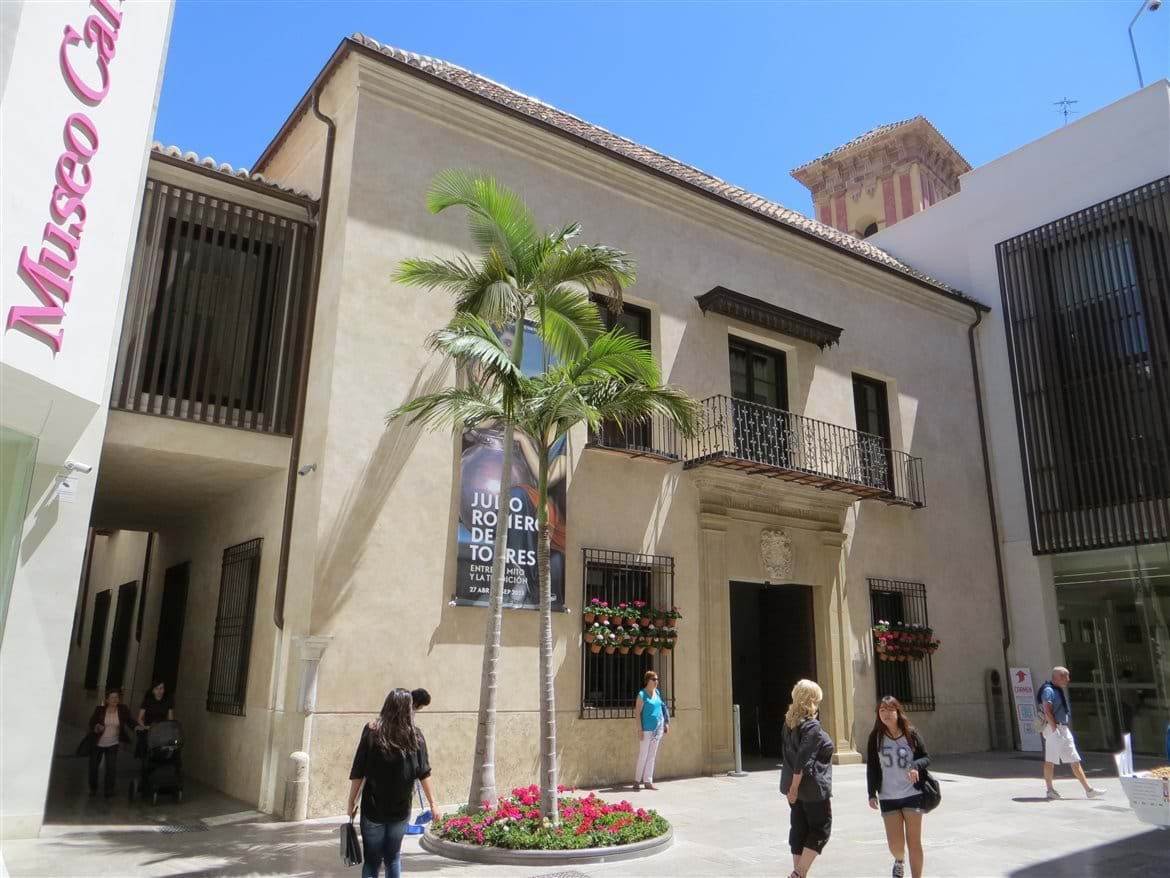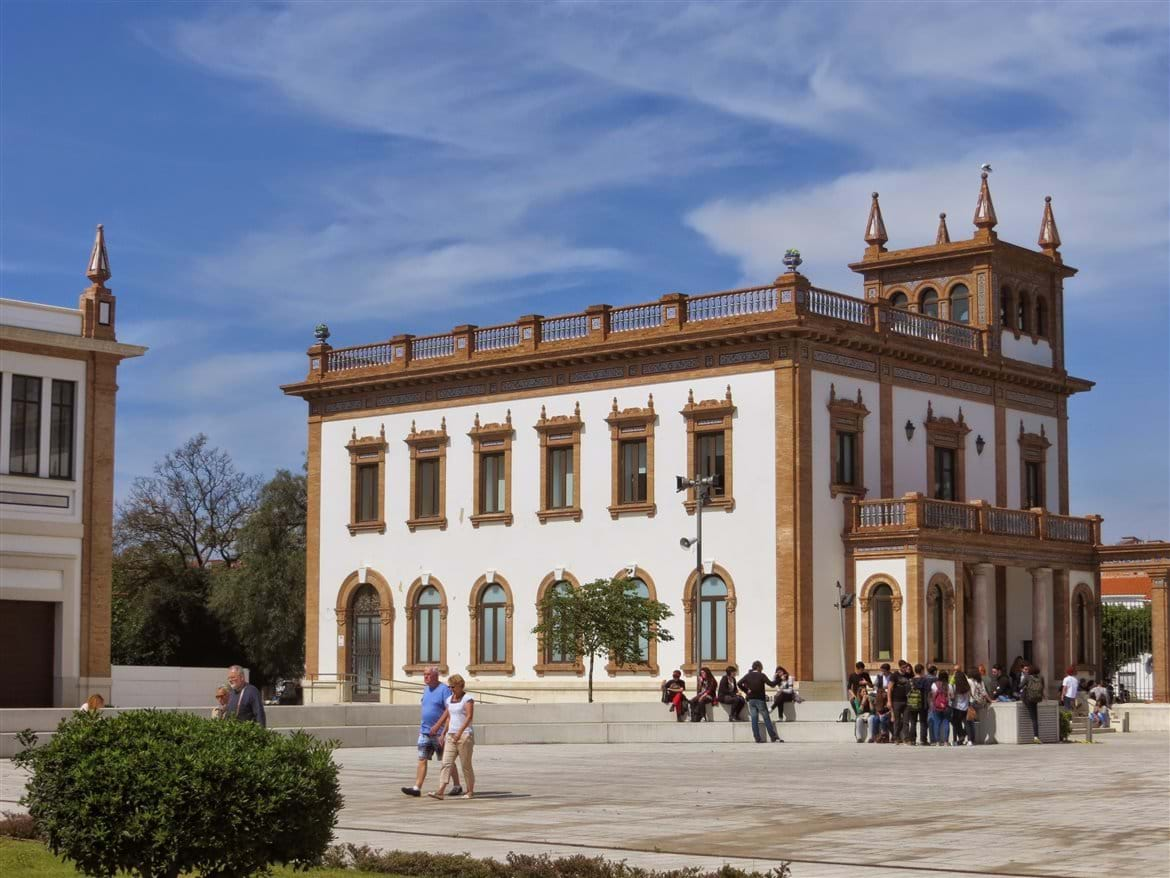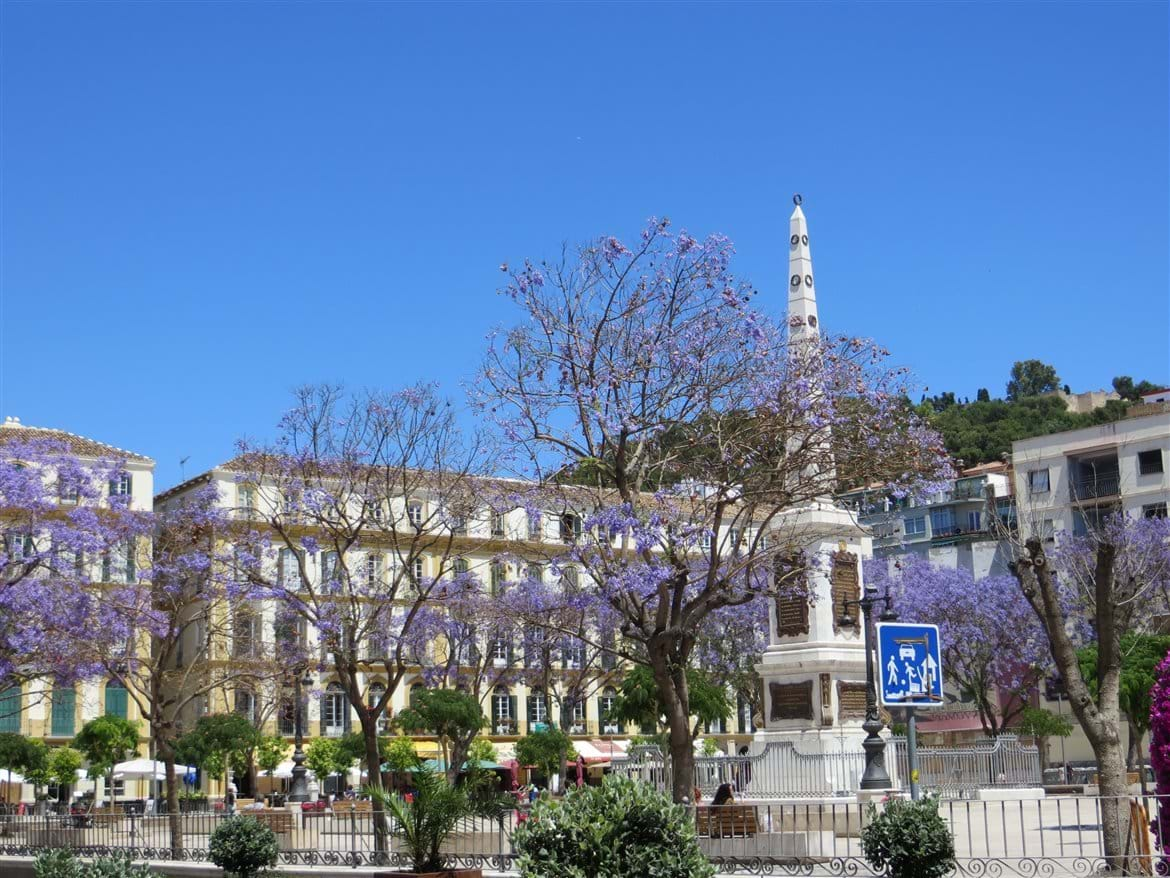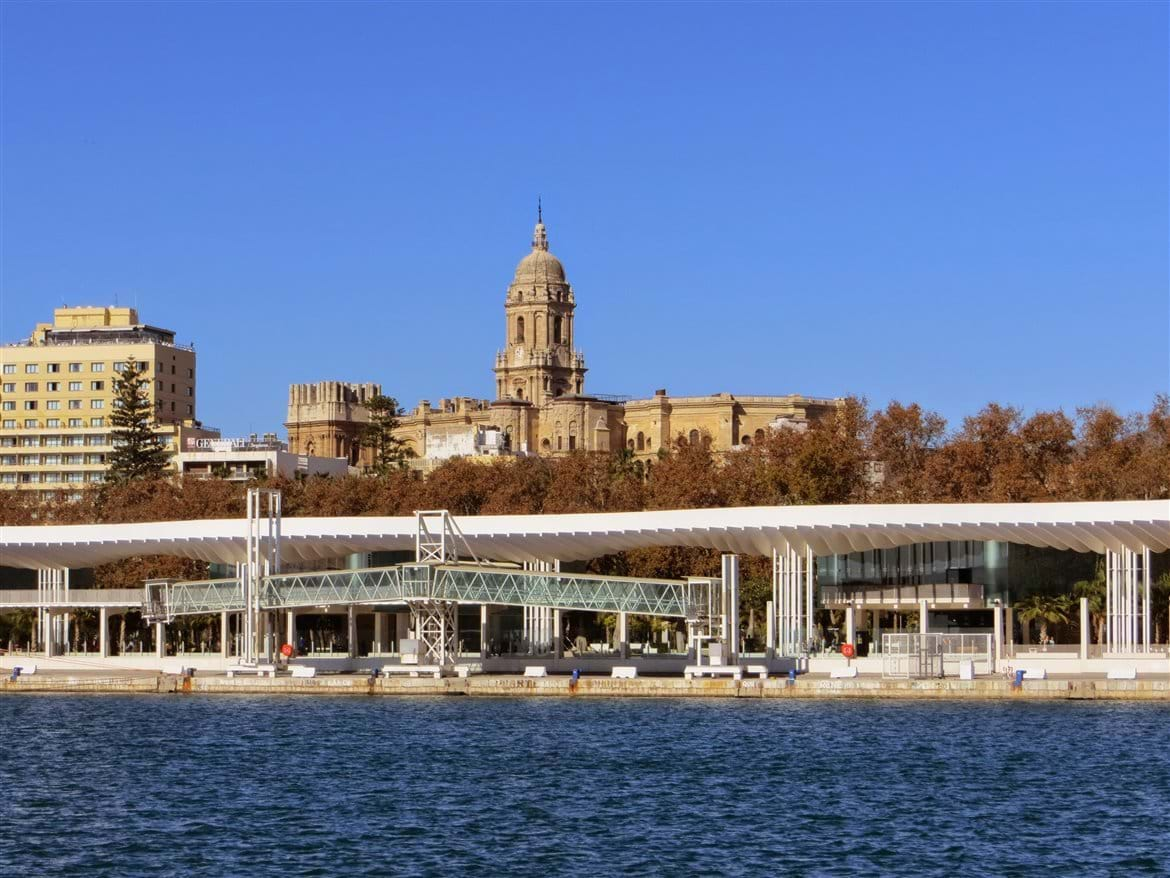Discover Malaga city
Museums, galleries and major sights
Malaga is fast becoming an important place for museums and galleries. Here is our guide to some of the most popular.
Museums and Galleries
Museum of Malaga


Opened in December 2016 this is the largest museum in Malaga and one of the largest in Spain. It is almost worth going just to admire the building - the beautiful old customs house (La Aduana) which is a fantastic building in itself. It houses a large collection of 2,700 exhibits spread over three floors. One floor is devoted to art related to Malaga and Spanish art in general. Best of all is theworld class archaological exhibition on the second floor. This collection is devoted to the rich history of Malaga province, spaning over 40,000 years from prehistoric finds of tools, pottery and jewellery to Roman artefacts that includes statues, pottery and mosaic floors, and right through to the Al-Aldalus Arabic era, and the reconquest.
Of particular interest is the Phoenician warrior's tomb dating back to 500BC found under the Apartment Cervantes block.
Address: Plaza de la Aduana Opening hours: 9am to 8.30pm Tuesday to Sunday in winter, 9am to 3.30pm Tuesday to Sunday in summer CLOSED Monday
Free to EU citizens others 1.50€
More information: www.museosdeandalucia.es
The Glass Museum - Museo de Vidrio y Cristal
The glass museum is a private collection of over 300 pieces of glass collected from all over the world. Best of all it is in a breathtaking setting – a carefully restored 18th century house full of antique furniture and works of art, giving visitors a glimpse of Malaga´s heyday. Visits are via small private tours, often by the owner himself.
Opening hours: 11am to 7pm Tuesday to Sunday CLOSED Monday
More information at: www.museovidrioycristalmalaga.com
The Picasso Museum
The Picasso museum is housed in the Palacio Buenavista, a magnificently restored and converted 16th century palace in the heart of the old Arab quarter of Malaga. The museum houses a small collection of original Picasso works as well as temporary exhibitions and sometimes events and evening concerts.
Address: Calle San Augustin, 8. Opening hours 10am to 6pm every day.
Details of exhibitions and events as well as online ticket sales to avoid queuing at the entrance at www.picassomuseummalaga.org/en
Thyssen Museum

Malaga´s Thyssen Museum is housed in the stunning Palacio de Villalón, a 16th-century palace (so hidden away, almost nobody knew it was there until its conversion).
Baroness Carmen Thyssen-Bornemisza (and former Miss Spain 1961) is a major collector of 19th and early 20th century art. The Malaga museum is essentially an offshoot of the world-famous Museo Thyssen-Bornemisza in Madrid and again, as well as a permanent collection there are regular temporary exhibitions and events. The museum also has a shop and a really quite cool cafe too.
Address: Plaza Carmen Thyssen (C/Compañía 10). Hours: Tuesdays to Sundays, 10am to 8pm
More information at: www.carmenthyssenmalaga.org/en
Museum of Popular Arts and Customs - Museo de Artes y Costumbres Populares
This not too well known museum is really one of our favourites and we do recommend a visit. This one is housed in a delightful 17th century building formerly an inn and hostelry. Over two floors it houses an eclectic collection of objects from the daily life of Málaga, its customs, popular arts and local crafts. All kinds of things can be seen from horse-drawn carriages, traditional fishing boats, the complete interior of a bakery, a forge, a wine press, as well as a slightly alarming birthing chair.
Address: Pasillo Santa Isabel, 10 (next to the Hotel Vincci Palacio)
Picasso's Birthplace Museum - Fundación Picasso. Museo Casa Natal
On the north side of Plaza de la Merced is the building where Pablo Picasso was born in 1881 and lived until 1884. It houses works and personal belongings of the artist and his family, a specialized library and an on-going programme of temporary exhibitions and cultural activities.
Address: Plaza de la Merced, 15 Hours: Open every day, 9.30am to 8pm
Contemporary Art Centre – Centro de Arte Contemporáneo
The CAC Málaga is located in the old Málaga Wholesale Market, an historic warehouse-like building. It is worth checking out what exhibition is currently showing as they have artist shows from all over the world. Housed in the building is the restaurant Óleo, one of our favourites and it has a large outside terrace.
Address: Avenida del Comandante Benítez (next to the river). Hours: winter Tuesday to Sunday: 10am to 8pm, summer (from June 20 to September 7 inclusive) Tuesday to Sunday from 10am to 2pm and then 5pm to 9pm
More info: www.cacmalaga.eu
Revello de Toro Museum - Museo Revello de Toro
Another small but interesting museum, it houses the permanent collection which the famous portrait artist and figurative painter Félix Revello de Toro has left to his native city. The collection contains 142 works of which 104, including oil paintings, sketches and drawings belong to the Revello de Toro Museum´s permanent collection.
Secondly, the Revello de Toro Museum has allowed for the restoration and the promotion of the importance of the Workshop and home of Pedro de Mena, one of the few domestic buildings in Málaga of that time. And finally, but not less important, to promote the figure of Pedro de Mena, singular maker of religious images in the 17th century, and to spread the knowledge of his life and artistic career.
Tuesdays to Saturdays: 10am to 20pm.
Sundays and public holidays: 10 am to 14pm.
Closed on Mondays
More info: www.museorevellodetoro.net/?lang=en
Car Museum - Museo Automovilístico de Málaga


Housed in a former tobacco factory (a beautiful complex built in 1923, consisting of regionalist-styled pavilions with Renaissance elements). This is an amazing private collection now open to the public of over ninety cars documenting the evolution of the motor car including Jaguar, Aston Martin, Bugatti, Rolls Royce and Porsche. The museum also features a unique display of engines converted to art and (rather oddly) over 300 original hats from the 20s to the 50s by great designers such as Dior, Chanel and Balenciaga among others. Although a little way from the centre of town it is worth the effort and there are good beach restaurants nearby.
Address: Avenida Sor Teresa Prat, 15. Hours: Tuesday to Sunday, 10 am to 7 pm
Buses 3 or 16 from the north side of Alameda Principal – get off at Avenida Sor Teresa Prat - Tabacalera
More info: www.museoautomovilmalaga.com/en/
Russian Museum – Colección del Museo Ruso


Handily situated next door in the same tobacco factory complex is the newly opened Russian Museum - a collaboration with the world-renowned state museum of Russian fine art in Saint Petersburg. There is also a changing temporary exhibition.
Avenida Sor Teresa Prat, 15 Hours: Tuesday to Sunday, 10 am to 8 pm 15 September to 15 June, rest of the year (summer hours) 11 am to 10 pm Closed Mondays
Buses 3 or 16 from the north side of Alameda Principal – get off at Avenida Sor Teresa Prat - Tabacalera
More info: www.coleccionmuseoruso.es
The Roman Theatre, Alcazaba and Gibralfaro
This trio provides Málaga with an iconic image and cannot be missed when visiting the city. The Alcazaba is located at the foot of the Gibralfaro hill, crowned by the Arab defence works to which the Alcazaba is connected by a walled passage known as the Coracha. With the Roman Theatre and the Aduana Customs Building, this special corner offers the chance to observe Roman, Arab and Renaissance culture, all within a few yards of each other.
The Gibralfaro was built by the Moors to house troops and protect the Alcazaba, and is today one of the most visited monuments in Málaga. From its walls, visitors get spectacular views of the city and you can visit the Interpretation Centre to discover the site's history. It was named after a lighthouse at its peak (Jabal-Faruk, the light mountain). Although it was used by the Phoenicians and Romans, in 1340 the Nasrid King Yusuf I converted the place into a fortress.
The Alcazaba was constructed between 1057 and 1063, this fortress palace (whose name in Arabic means citadel), is one of the city's historical monuments and is much visited because of its history and beauty.
During the reconquest of Spain it was besieged by the Catholic Monarchs in the summer of 1487 and Ferdinand the Catholic made it his temporary residence after the victory. In addition, he designated the castle as a symbol on the coat of arms of the city.
The much earlier Roman theatre was built in the time of Augustus in the 1st century AD, it was in use until the 3rd century. Much of its construction material such as stones, columns and carved stones were later used for building the Alcazaba.
Málaga Cathedral
A beautiful building in the heart of the city, the foundations of the Cathedral were laid around 1530 and work ended in the 17th century, although it is unfinished and lacks coping on the main façade and the south tower. The missing tower has led to it being popularly known as La Manquita (the one-armed).
The cathedral now offers rooftop tours – a great way to understand its construction and a great view of the city.
Address: Calle Cister and Calle Molina Lario

